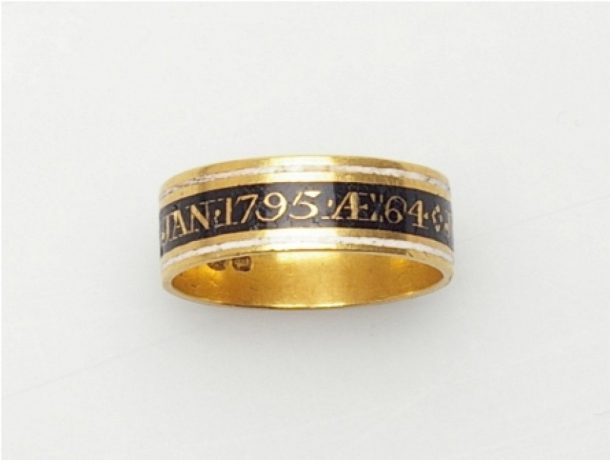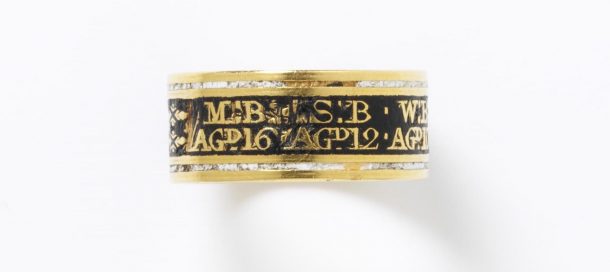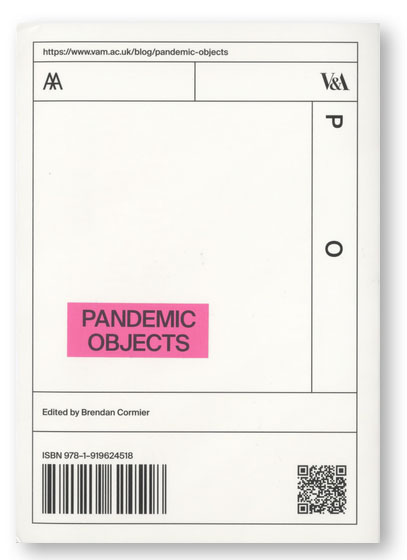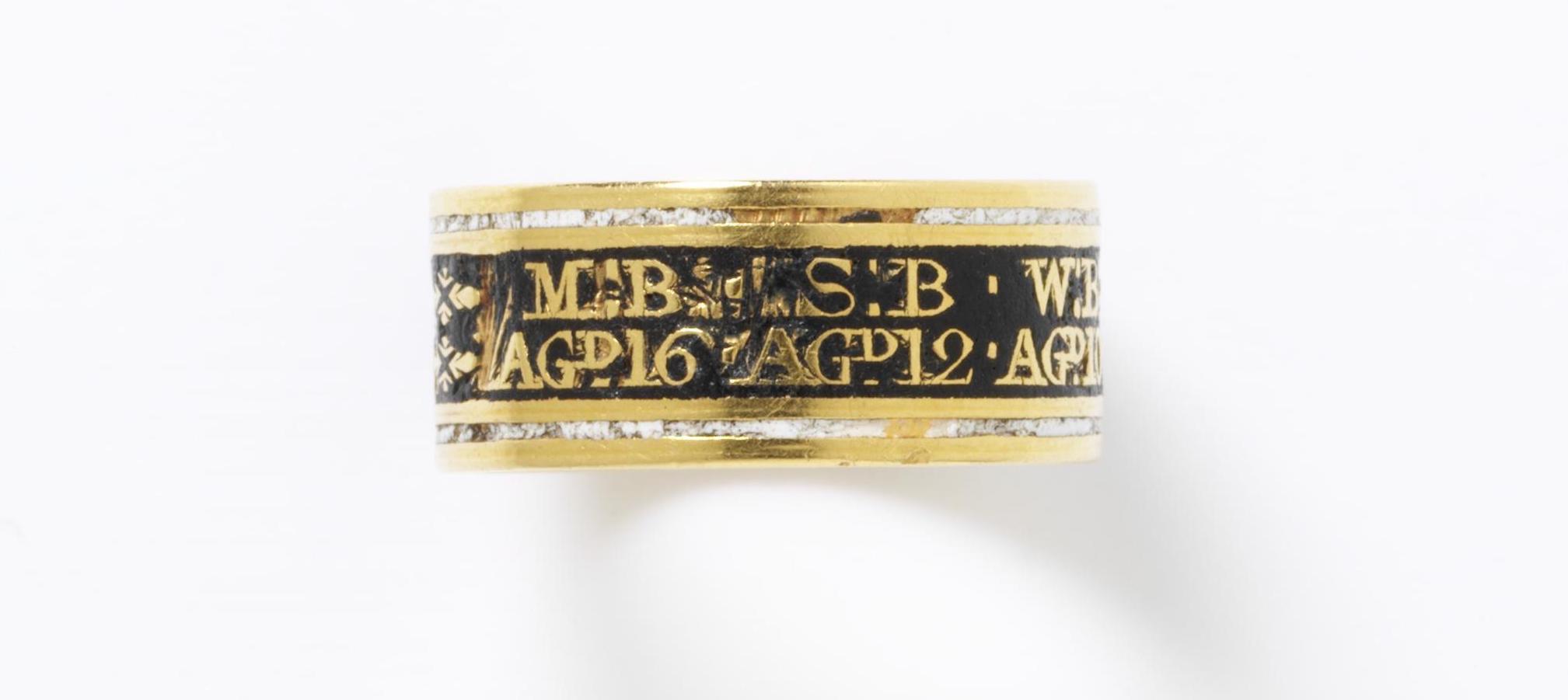During the Covid-19 lockdown, death has felt both very abstract and very close. As a global community, we marked the horrific death of George Floyd with mass acts of mourning and protest, amid calls for a re-evaluation of our institutions and their attitudes to systemic racism. As the UK reached its Covid-19 peak in April, the tally of deaths headlined every newspaper. At the time of writing, 43,730 people have died from the virus in the UK. We hear towering figures emerging from countries who have not yet ‘squashed the sombrero’ or from those now entering a ‘second wave’. So many euphemistic terms for death. Daily numbers do not convey the lives of the individual people who have died or the indescribable loss that many have experienced in this pandemic.
On 10 May, at the UK’s daily government briefing, Chief Nursing Officer Ruth May said it would be ‘inappropriate’ to confirm the number of NHS staff that had died from Covid-19 because they did not have permission from every family to talk about those who had died. The question was about numbers not individuals, but May’s evasive answer was a salient reminder of the difficulty in negotiating between protecting individuals’ privacy and allowing for public grief. As we prepare for ‘Independence Day’ on 4 July, when pubs, visitor attractions, hairdressers, and so many other staples of our ordinary lives will reopen, we have sidestepped a collective act of national mourning. However, as Seamus O’Mahony has pointed out: “deferred mourning can never be quite the same. Bereavement counsellors are predicting a delayed epidemic of pathological grief and depression.”
In our digital age, we have found inventive ways to feel less separated from our families. The perniciousness of Covid-19 is that it forces physical separation, even in death. Families have said virtual goodbyes, relying on healthcare staff to hold up phones, or had no chance to say goodbye at all. Religious and secular mourning rites are on hold. Government guidelines for funerals during the pandemic state: “If the family wishes only to view the body and not touch it, they may do so, using standard precautions at all times including hand hygiene. Give the family clear instructions not to touch or kiss.”
“Clear instructions not to touch or kiss.” We have a heightened awareness of the spatial proximity of our bodies, especially our hands, as we navigate the pandemic world. Touchpoints, handwashing (frequency and length of), hand sanitiser, and awkward waves that replace hand shaking. Our hands are traditionally a public marker of personal rites of passage – for engagement and marriage for instance, but also for death. The tradition of mourning jewellery, a form of memory promotion, dates as far back as ancient Rome, but is particularly associated with the Medieval to Victorian periods. Leaving instructions and money specifically to enable mourners to buy rings was common in wills from the sixteenth century onwards. In contrast to the impersonality of today’s government statistics, mourning rings often name the deceased, sometimes visible to all and sometimes only to the wearer. Mass production of mourning rings, which were personalised with inscriptions inside the hoop, began in the early nineteenth century.

Georgian mourning rings, striking in the simplicity of their design and graphic clarity, were typically made to order, as this gold and enamelled ring for pioneering entrepreneur and potter Josiah Wedgwood (1730-1795) shows. Wedgwood had himself survived an epidemic: as a young child in the 1740s, a bout of smallpox damaged his knee, affecting his ability to use the kickwheel essential for operating the potter’s wheel, and later resulting in amputation and a wooden prosthetic leg. Twenty years later, Wedgwood’s wife Sarah (1735-1815) had a matching ring.
This ring of a similar design is inscribed with the initials of seven children in the same family, aged from 2 to 16, who died within the space of a week in 1801. Although we do not know who these children were, they likely perished in a smallpox or cholera outbreak. Traditionally, white enamel was used for children and the unmarried, so it is unusual that this ring is enamelled in black with a narrow white border.

Is there a modern equivalent to the mourning ring? Today’s mourning jewellery tends to reflect an interest in historic styles, particularly Victorian and gothic hair jewellery. We increasingly turn to digital mourning traditions such as memorialized facebook pages and Covid-19 obituary projects. I was struck by the outpouring of personal grief in response to government advisor Dominic Cummings’ conclusion that his “exceptional circumstances’” entitled him to break lockdown where many others had not, even at great personal sacrifice. Is this the pandemic equivalent to the sea of flowers left at the gates of Buckingham palace following Princess Diana’s death? Perhaps through digital sharing we will find a new language for grief, or once we emerge from lockdown return to the more tangible mourning traditions of the past in an effort to commemorate what we have lost.
Further reading:
Ana Debenedetti, ‘Death and Commemoration’ in Elizabeth Miller and Hilary Young, The Arts of Living: Europe 1600-1815 (London: V&A Publishing, 2016)
Mourning our dead in the covid-19 pandemic’, Seamus O’Mahony, ‘BMJ 2020; 369
‘We are seven’, William Wordsworth.




